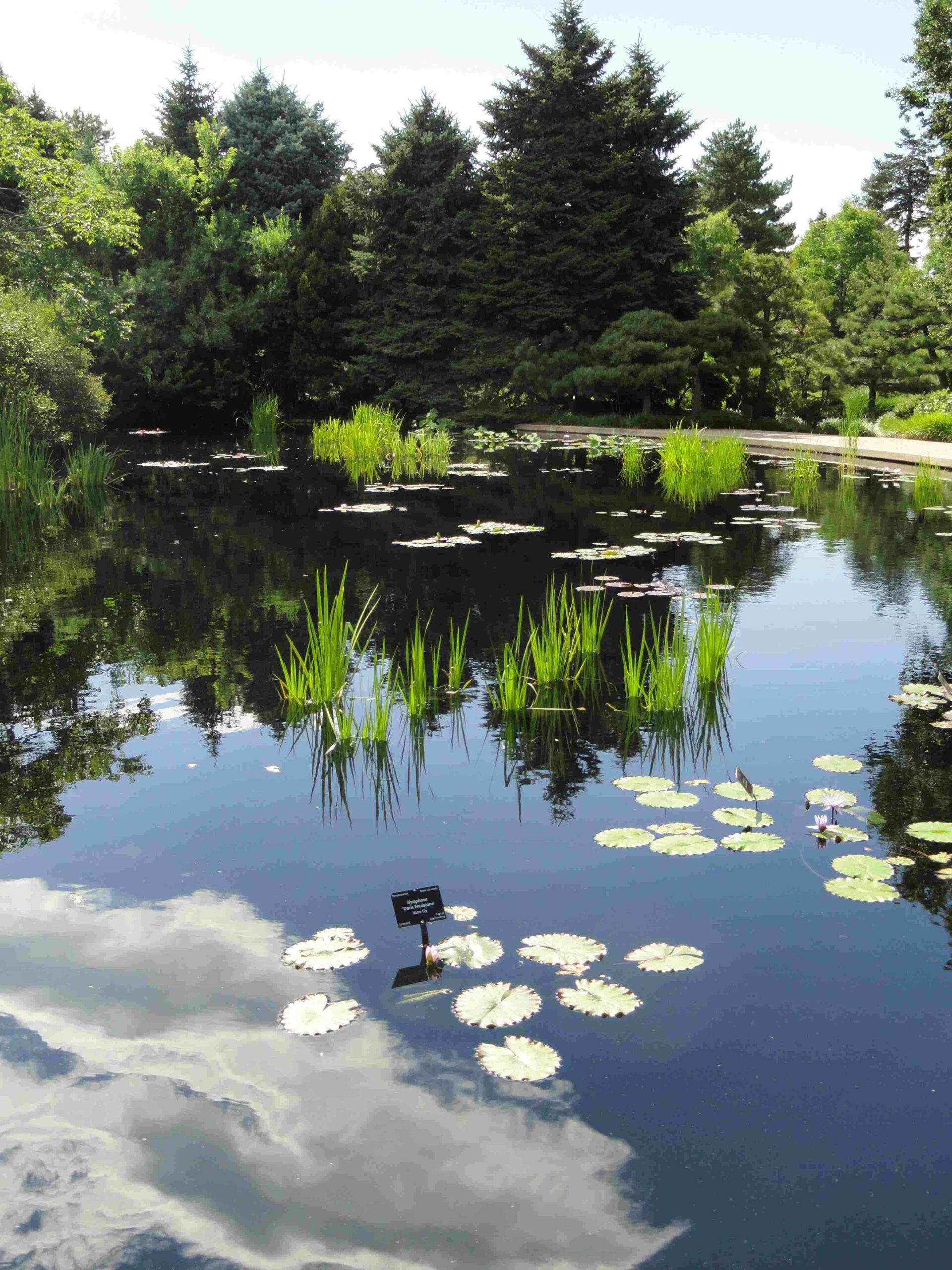Denver Botanic Gardens transforms into a vibrant tapestry of colors during the fall season. From late October to early November, visitors can witness the stunning display of autumn foliage, participate in seasonal events, and explore the diverse plant collections. The gardens offer a unique blend of natural beauty and curated landscapes, making it an ideal destination for nature enthusiasts, photographers, and families seeking a memorable fall experience in the heart of Denver.
What Makes Denver Botanic Gardens Special in Fall?

The Denver Botanic Gardens come alive with autumn hues, offering visitors a spectacular display of fall foliage. The gardens’ diverse collection of trees and plants showcase a range of colors, from golden yellows to deep reds. This seasonal transformation creates a picturesque setting for exploration and photography.
Key features of the gardens in fall include:
- Over 40 outdoor gardens with changing autumn colors
- Water gardens with late-blooming waterlilies and cannas
- Rock Alpine Garden showcasing fall-interest plants
- Cactus and Succulent House with unique winter-blooming species
When is the Best Time to Visit Denver Botanic Gardens in Fall?

The optimal time to experience the fall colors at Denver Botanic Gardens typically falls between late October and early November. However, the exact timing can vary depending on weather conditions. To make the most of your visit:
- Plan your trip for late October to catch the peak of fall foliage
- Check the gardens’ website for updates on color changes
- Consider visiting on weekdays to avoid crowds
- Arrive early in the morning or late afternoon for the best lighting conditions
What Fall Events Can Visitors Enjoy at Denver Botanic Gardens?
Denver Botanic Gardens offers a variety of events and activities during the fall season, enhancing the visitor experience. Some notable events include:
- Flower Happy Hour (November 21): A festive atmosphere to enjoy the last blooms of the season
- Seedlings: Harvest Treasures (November 22): Nature walk and harvest-themed activities
- Blossoms of Light (November 20 – January 12): Marks the transition from fall to the holiday season
These events provide opportunities to engage with the gardens in unique ways, learn about seasonal plants, and participate in family-friendly activities.
How Can Photographers Capture the Beauty of Denver Botanic Gardens in Fall?
Photographers visiting Denver Botanic Gardens during fall have numerous opportunities to capture stunning images. Here are some tips for photographing the gardens:
- Timing:
- Visit during early morning or late afternoon for soft, golden light
-
Capture misty mornings for atmospheric shots
-
Locations:
- Water gardens for reflections and vibrant colors
- Rock Alpine Garden for unique plant compositions
-
Annuals Garden for colorful flower displays
-
Techniques:
- Use a tripod for sharp images in low light conditions
- Experiment with macro photography for detailed shots of fall leaves and flowers
-
Try wide-angle shots to capture the overall landscape
-
Subjects:
- Focus on contrasting colors of fall foliage
- Capture the interplay of light and shadow on garden paths
- Look for interesting textures in bark, leaves, and seed pods
While specific photography workshops are not mentioned for the fall season, the gardens’ general tours and events can provide excellent opportunities for capturing memorable images.
What Amenities are Available for Visitors at Denver Botanic Gardens in Fall?
Denver Botanic Gardens offers various amenities to ensure a comfortable and enjoyable visit during the fall season:
- Parking:
-
Designated parking areas available (specific details and costs not provided)
-
Accessibility:
- Generally offers accessible pathways and facilities
-
Contact the gardens directly for specific accessibility information
-
Visitor Services:
- Restrooms
- Dining options
-
Gift shop
-
Tours and Education:
- Self-guided walking tours available
- Educational programs and events (check calendar for seasonal offerings)
For the most up-to-date information on amenities, hours of operation, and costs, visitors should consult the Denver Botanic Gardens official website or contact them directly.
How Does Denver Botanic Gardens Prepare for the Transition from Fall to Winter?
As fall progresses, Denver Botanic Gardens begins to prepare for the winter season:
- Plant Care:
- Staff begin winterizing sensitive plants
-
Some annual displays are removed or replaced with cold-hardy species
-
Seasonal Displays:
- Fall decorations gradually transition to winter and holiday themes
-
The Cactus and Succulent House becomes a focal point for winter interest
-
Events:
- Fall events give way to winter and holiday-themed activities
-
Blossoms of Light marks the beginning of the holiday season
-
Visitor Experience:
- Garden paths may be cleared of fallen leaves
- Winter-specific tours and educational programs are introduced
This transition period offers visitors a unique opportunity to witness the gardens’ evolution from autumn splendor to winter charm.
What Makes the Plant Collections at Denver Botanic Gardens Unique in Fall?
Denver Botanic Gardens boasts a diverse collection of plants that shine during the fall season:
- Deciduous Trees:
- Various species display vibrant fall colors
-
Maples, oaks, and other native trees showcase regional autumn hues
-
Late-Blooming Perennials:
-
Asters, chrysanthemums, and other fall-flowering plants extend the garden’s color palette
-
Ornamental Grasses:
-
Many grasses reach their peak beauty in fall, with golden plumes and seed heads
-
Water Garden Plants:
-
Late-blooming waterlilies and cannas provide color until the first frost
-
Alpine and Rock Garden Plants:
-
Unique species adapted to harsh conditions offer interesting textures and forms
-
Succulents and Cacti:
- The Cactus and Succulent House features plants from the Southern Hemisphere that begin their growing season as winter approaches
This diverse collection ensures that there’s always something of interest to see, even as the seasons change.
Denver Botanic Gardens in fall offers a rich tapestry of colors, textures, and experiences for visitors. From the peak foliage displays to seasonal events and unique plant collections, the gardens provide a memorable autumn experience in the heart of Denver. Whether you’re a nature enthusiast, photographer, or simply looking for a beautiful place to enjoy the season, Denver Botanic Gardens is a must-visit destination during the fall months.
References:
1. http://navigate.botanicgardens.org/weboi/oecgi2.exe/INET_ECM_DispTour?TOURCODE=OUTDOORS_BLOOM
2. https://www.botanicgardens.org/tours/monthly-self-guided-walking-tour
3. https://www.botanicgardens.org/calendar

